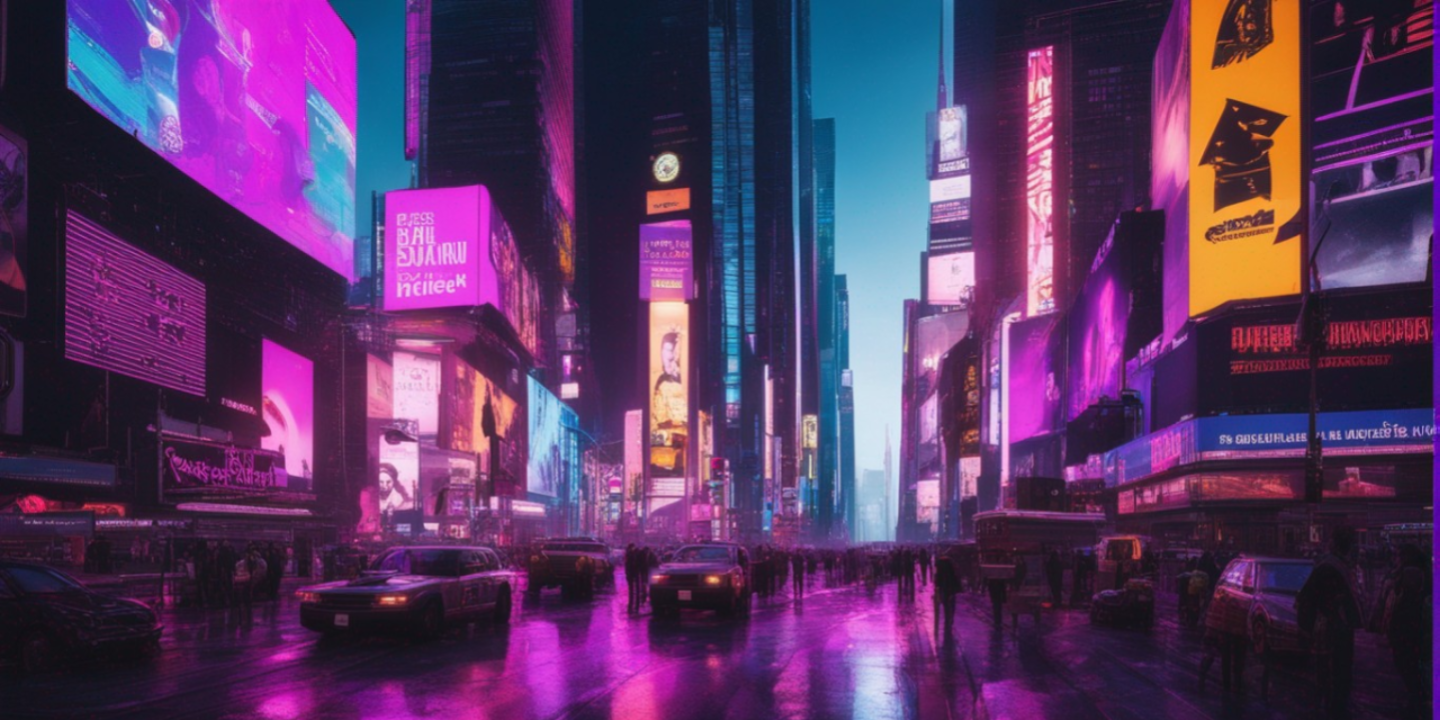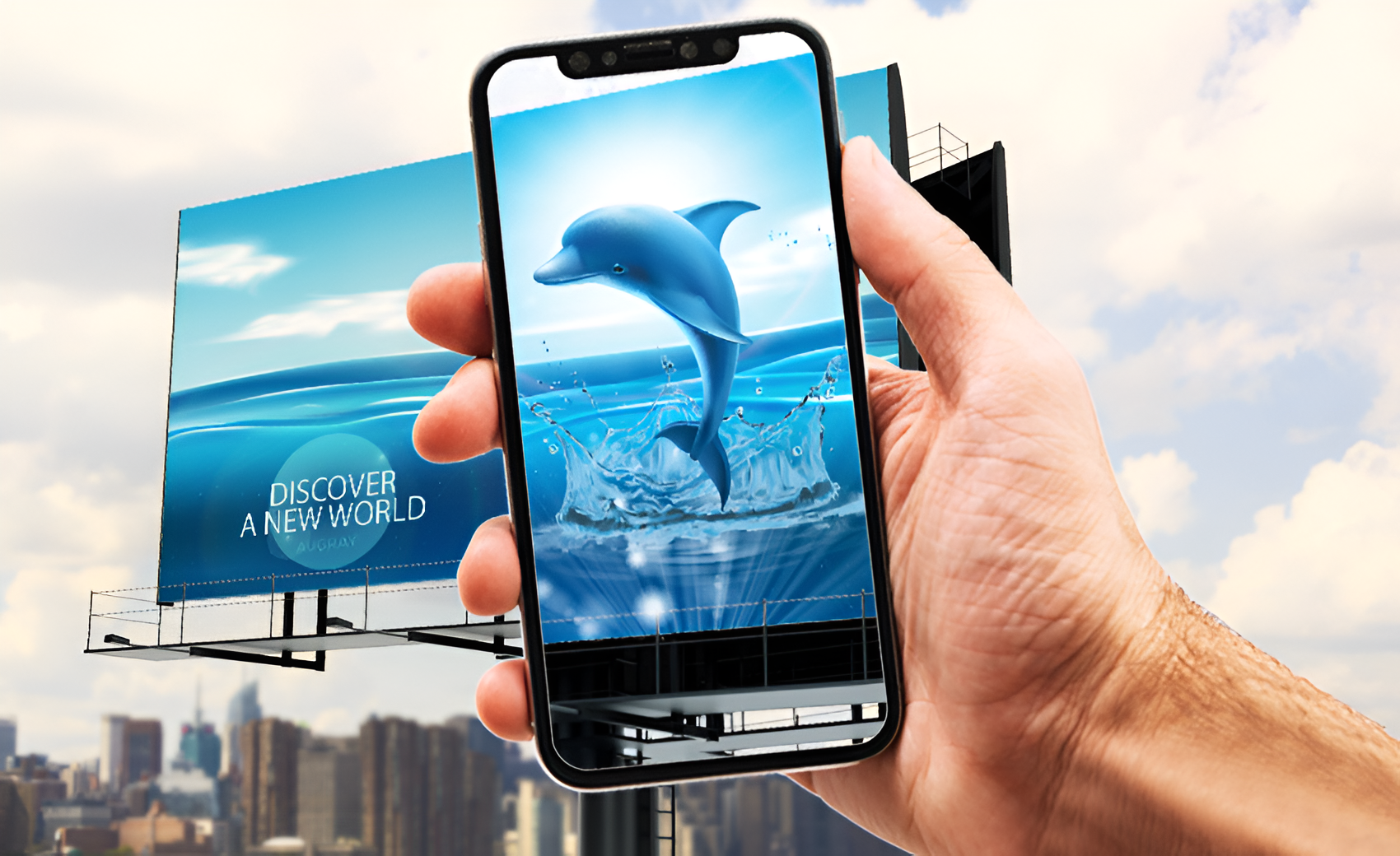Did you know that of the 6,000 advertisements we see every day, we only retain 8? We are so used to advertising that our brain unconsciously ignores it.
However, with the emergence of immersive technologies, a new trend has emerged that seeks to solve this problem: immersive advertising. This proposal seeks to effectively capture the consumer's attention through unique and memorable experiences, establishing a stronger bond between brand and customer.
In this blog we tell you about the 3 key technologies of Immersive Advertising, its benefits and examples of companies that have used it.
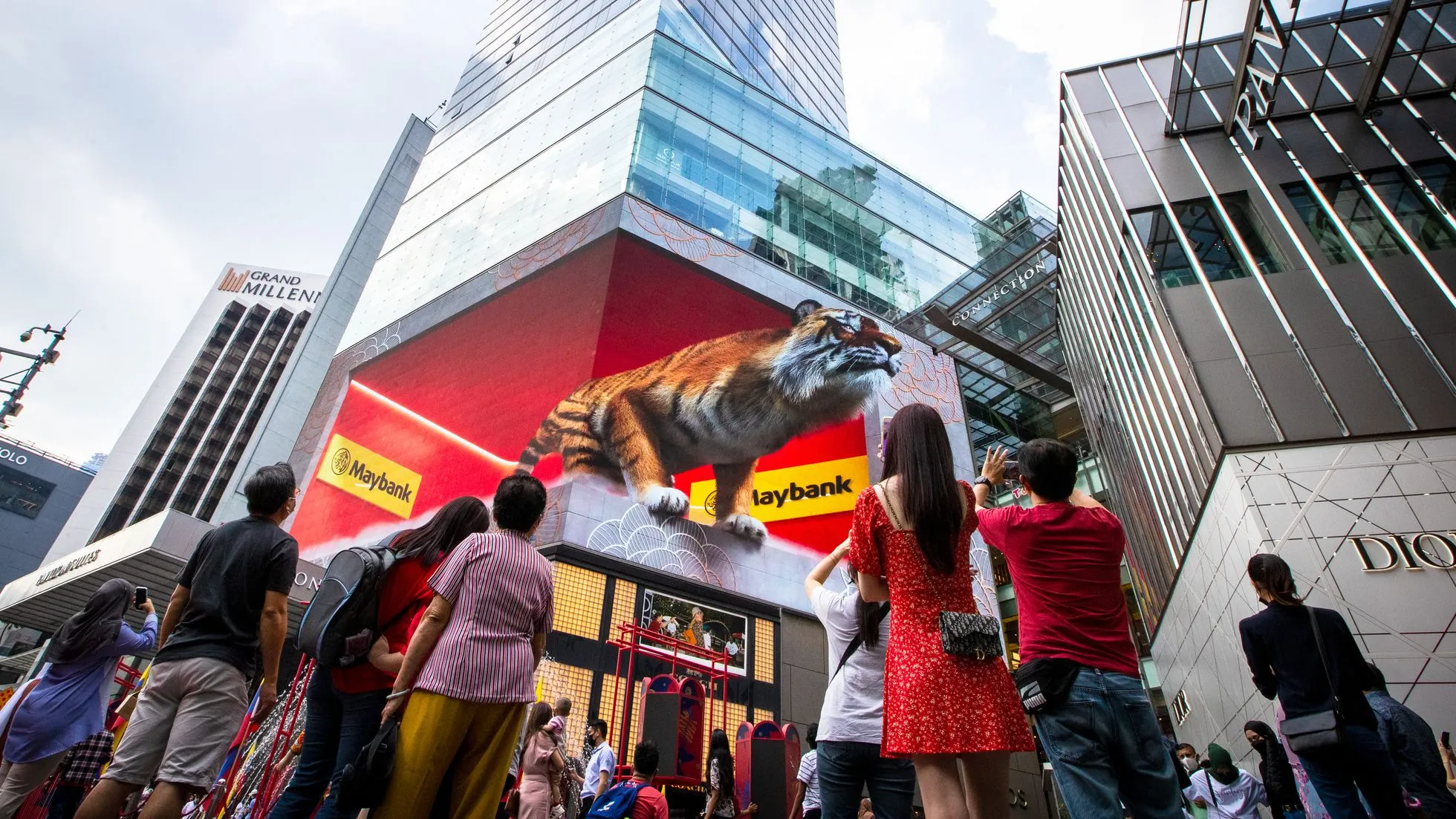
Ways to do immersive advertising
Immersive advertising with 3D billboards
Immersive 3D Billboards are reinventing the way brands communicate with their audiences in open spaces. Modern cities such as Tokyo, New York, Seoul and London are seeing the growth of these visual giants that, from strategic heights, project images and videos in high definition. Their secret lies in the fact that they are able to produce an optical effect that gives the viewer the sensation that the content is moving inside and outside the screen, creating this 3D effect.
Immersive advertising with Augmented Reality
Augmented Reality merges the real world with digital elements, enriching the user experience in real time. In advertising, it transforms static billboards into interactive experiences, allowing users to be active participants through mobile devices. This tool not only surprises and entertains, but also personalises communication, adapting to user interactions. Thus, both large companies and SMEs can connect with their customers in innovative and profound ways thanks to AR.
Immersive advertising with Holograms
Holograms are three-dimensional projections of light in space and represent one of the most futuristic and impressive ways of displaying advertising content. Unlike traditional two-dimensional images, holograms literally add a new dimension to the way audiences perceive and relate to a message.
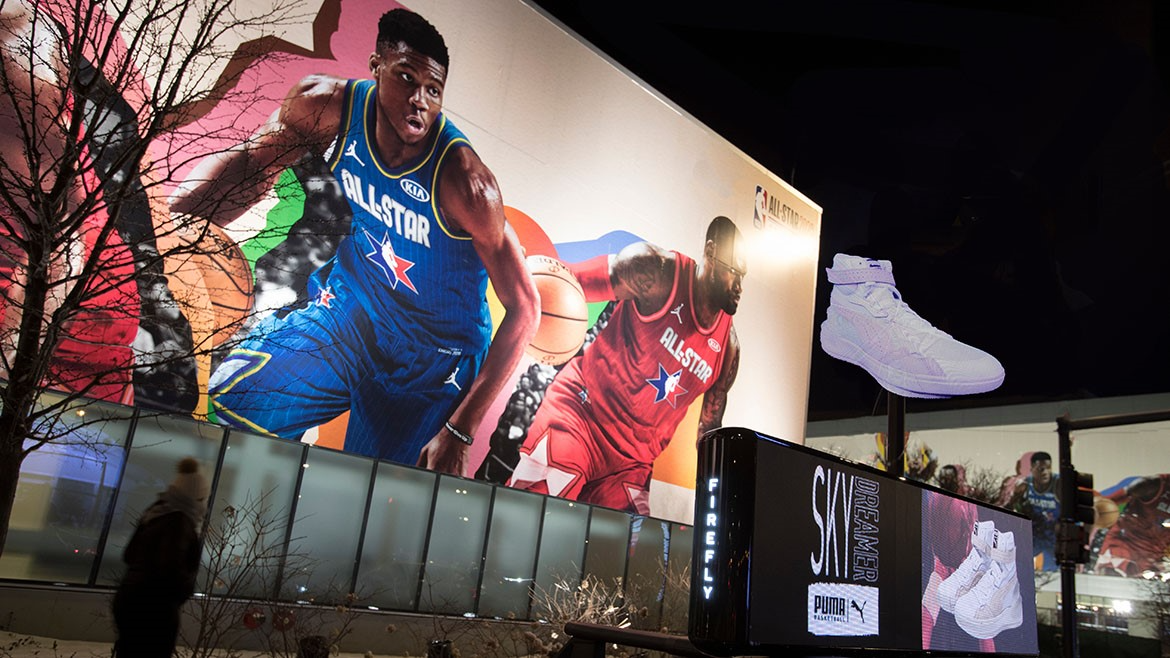
Benefits of immersive advertising for businesses
Immersive advertising is revolutionising the way brands connect with consumers. This innovation not only captures attention effectively, but also creates a memorable experience.
Here are 9 key benefits:
-
Effective Attention Capture: Immersive technologies are often more effective at capturing the viewer's attention than traditional methods, thanks to the high visual and sensory impact they offer.
-
Improved Message Retention: The immersive experience makes it easier for the audience to better retain the advertising message, thus improving the long-term impact of the campaign.
-
Enhanced Interactivity: These technologies offer a variety of interactive options, allowing the user to actively participate rather than be a passive viewer.
-
Personalisation of the Experience: Both augmented reality and other forms of immersive advertising often allow for some degree of personalisation, increasing the relevance of the message to the individual.
-
Increased User Engagement: The immersive nature of these technologies encourages greater engagement, which can lead to more direct action, such as a purchase or sharing of information.
-
Innovation and Modernity: The use of immersive technologies reinforces a brand's image as innovative and modern, which can be attractive to certain market segments.
-
Flexibility of Application: These technologies can be adapted to a wide variety of environments and contexts, from retail shops to exhibitions and live events.
-
Enhanced Data Analytics: The ability to collect data on how users interact with immersive advertising offers valuable insights for fine-tuning and optimising future campaigns.
-
Unique Brand Experience: The combination of impactful visualisation and user interaction creates a unique brand experience that is difficult to replicate with more conventional advertising methods.
Examples of immersive advertising companies
Immersive poster with Augmented Reality at Westfield La Maquinista Shopping Centre
The project focused on bringing to life the advertising poster for the Gastronomic Market Show at the Westfield La Maquinista Shopping Centre through Augmented Reality technology.
By scanning the QR code embedded in the poster, visitors could access a unique Augmented Reality web experience. This featured a 3D animation where the speakers vibrated to the music, and the food truck opened to release a shower of various dishes and food. At the same time, the letters on the poster enlarged and zoomed in on the viewer.
If you want to know more about this project, don't hesitate to visit our portfolio. There you will find details about the technology used, the creative process and the results achieved.
More information on this project
Nike Immersive 3D Display Advertising
Outdoor immersive advertising with Mercedes-Benz Holograms
Mercedes-Benz, together with JCDecaux, included holographic pyramids on the outdoor media to show how the 'Blind Spot Assist' feature of their cars worked. In this way, the holograms allowed anyone passing by the billboards to understand and see how the feature helps the driver to detect other vehicles that might be in their blind spot.
Advertising with holograms at the Automechanika trade show
Conclusion
Immersive advertising has changed the way brands and consumers connect, achieving:
-
Guaranteed visibility with 3D Immersive displays : These displays not only capture the immediate attention of the audience, but also offer an image quality and level of detail that makes them impossible to ignore.
-
Dynamic interaction through Augmented Reality: This technology allows users to interact with advertisements in a completely new way, adding a layer of information and entertainment that goes beyond the simple act of watching.
-
Unforgettable experiences with holograms: Holograms take immersive advertising to a new level by offering three-dimensional projections that appear to float in mid-air. This is not only visually stunning, but also allows for a more direct and tangible interaction with the advertising message.
As technology continues to advance, we are likely to see more evolutions and adaptations of these formats. But one thing is clear: immersive advertising has redefined the way brands communicate, making it a more meaningful and memorable experience for the consumer. In this ever-changing landscape, brands that adapt and embrace these tools will be at the forefront, leaving a lasting impression in the minds and hearts of their audience.
SIMILAR CONTENT

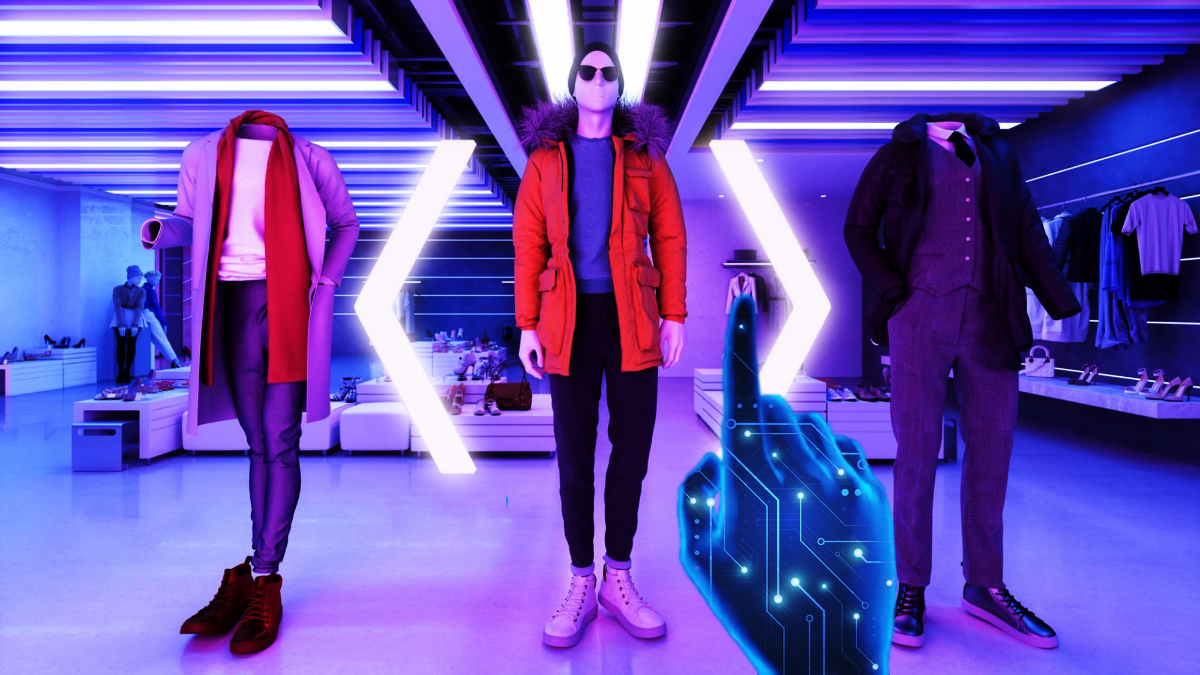
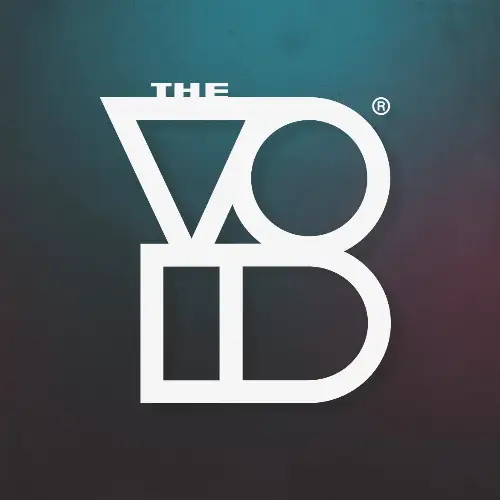









 RETURN
RETURN
